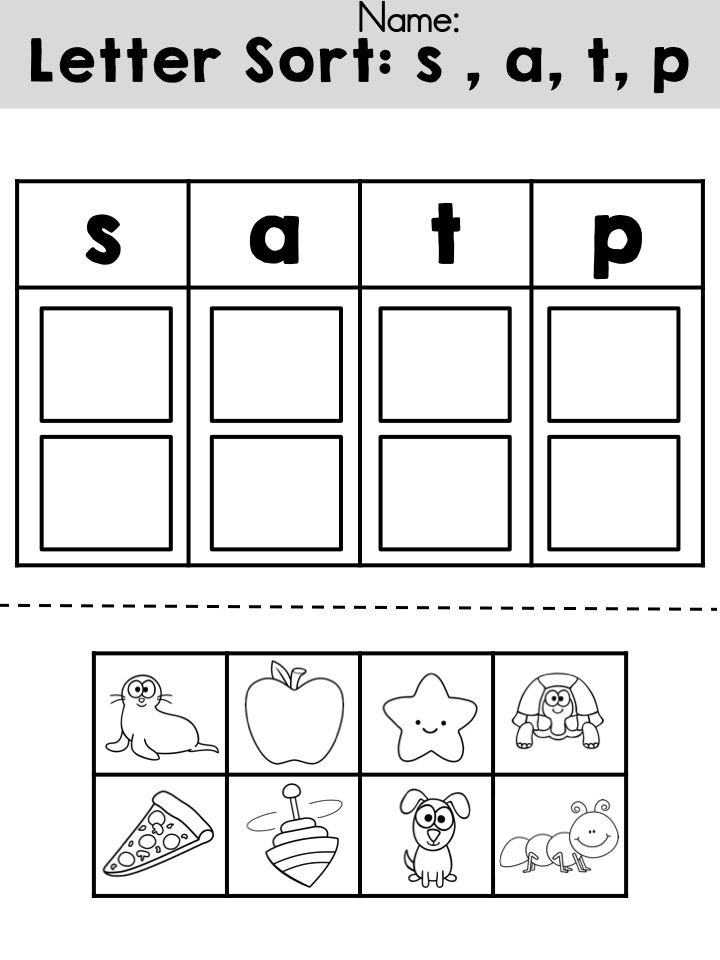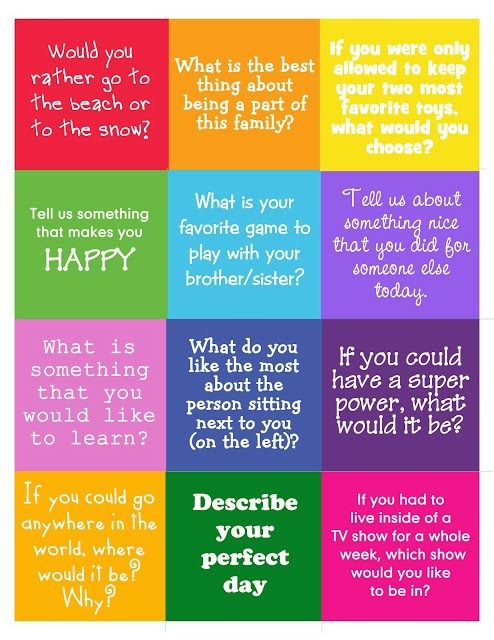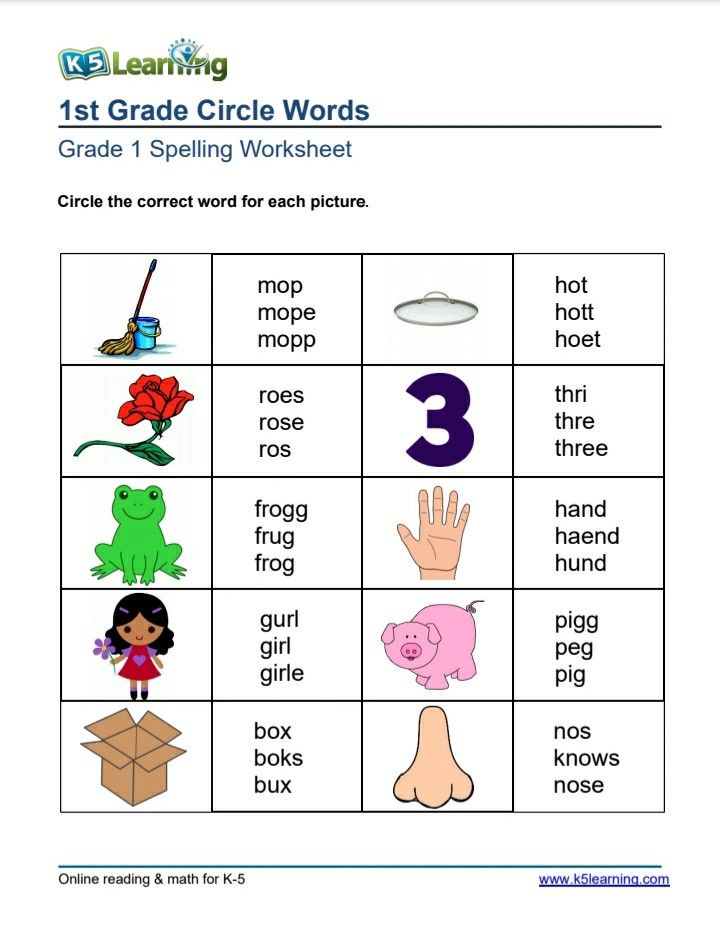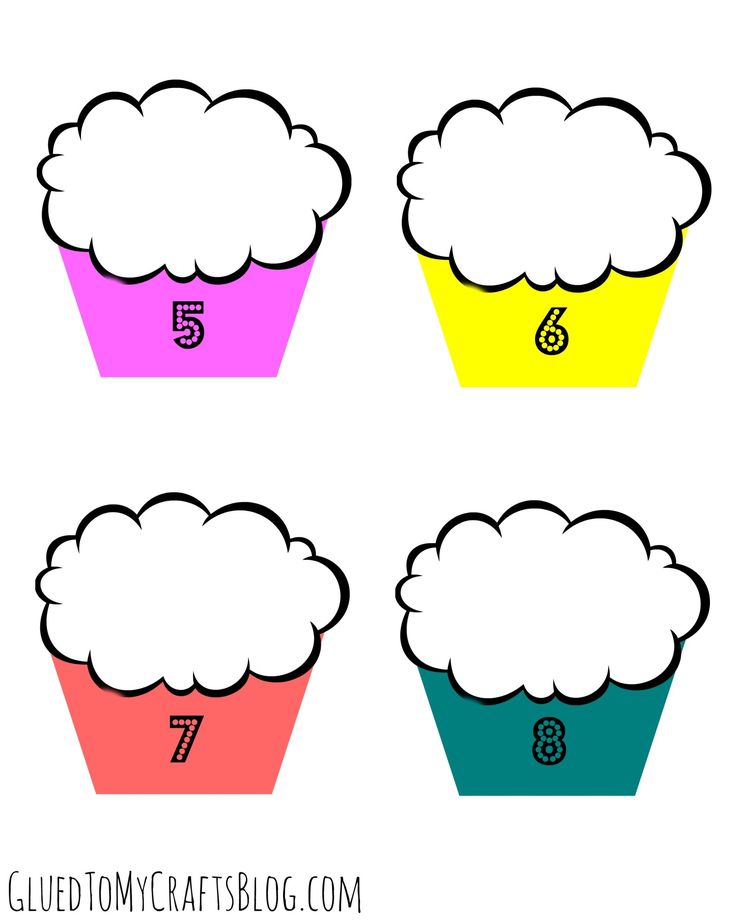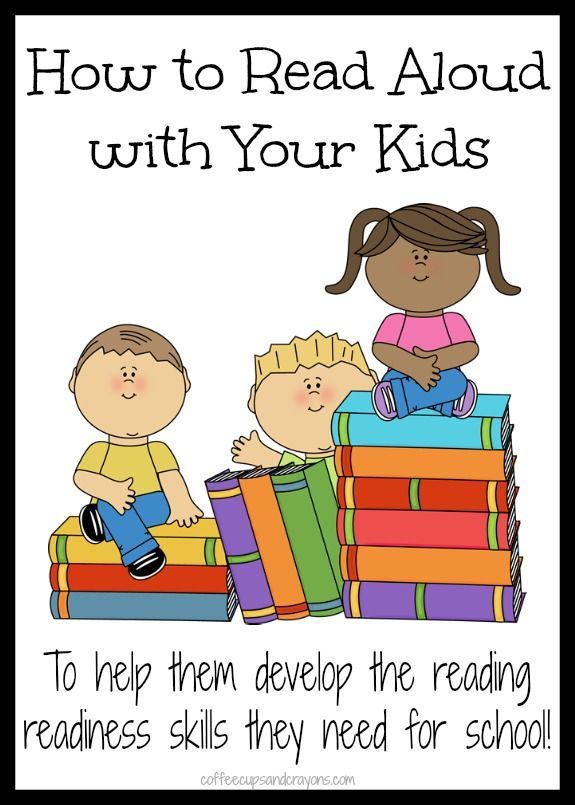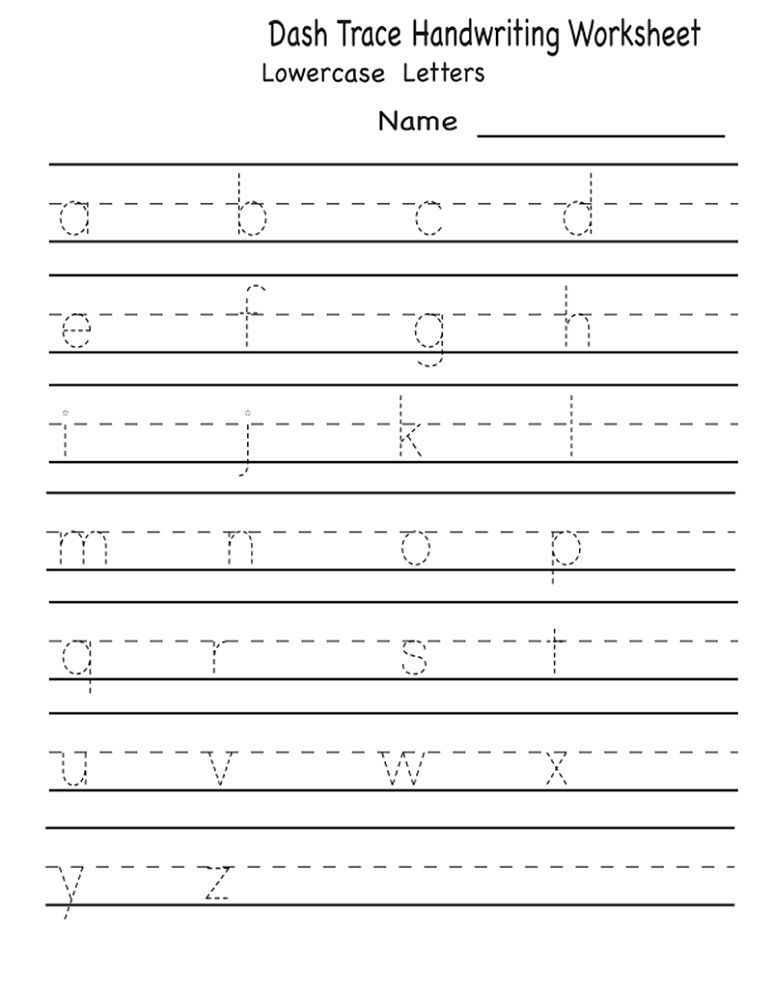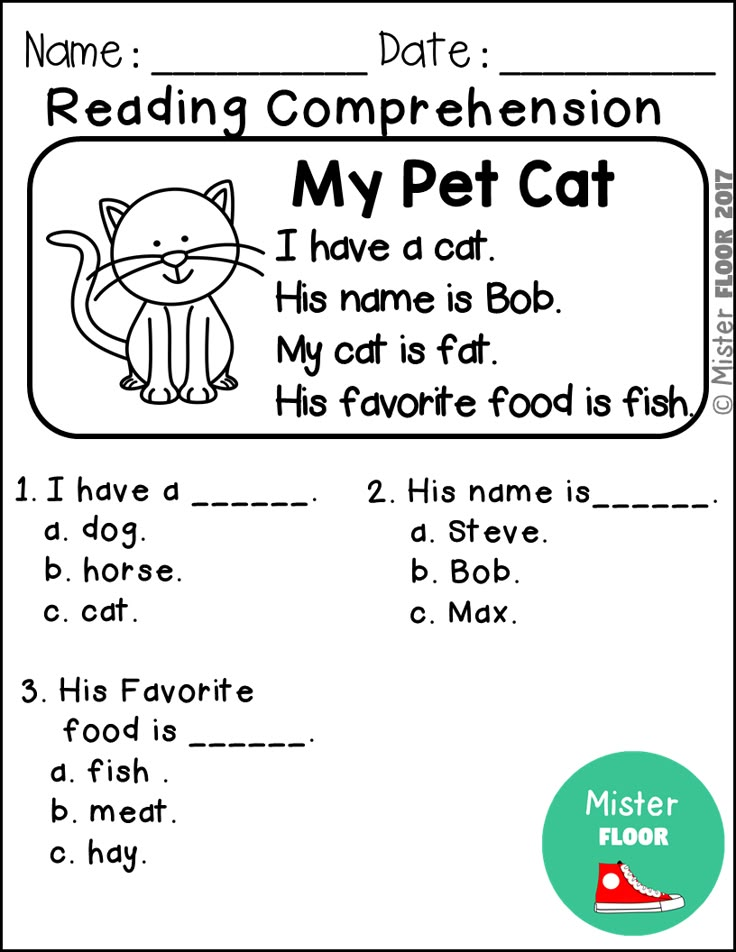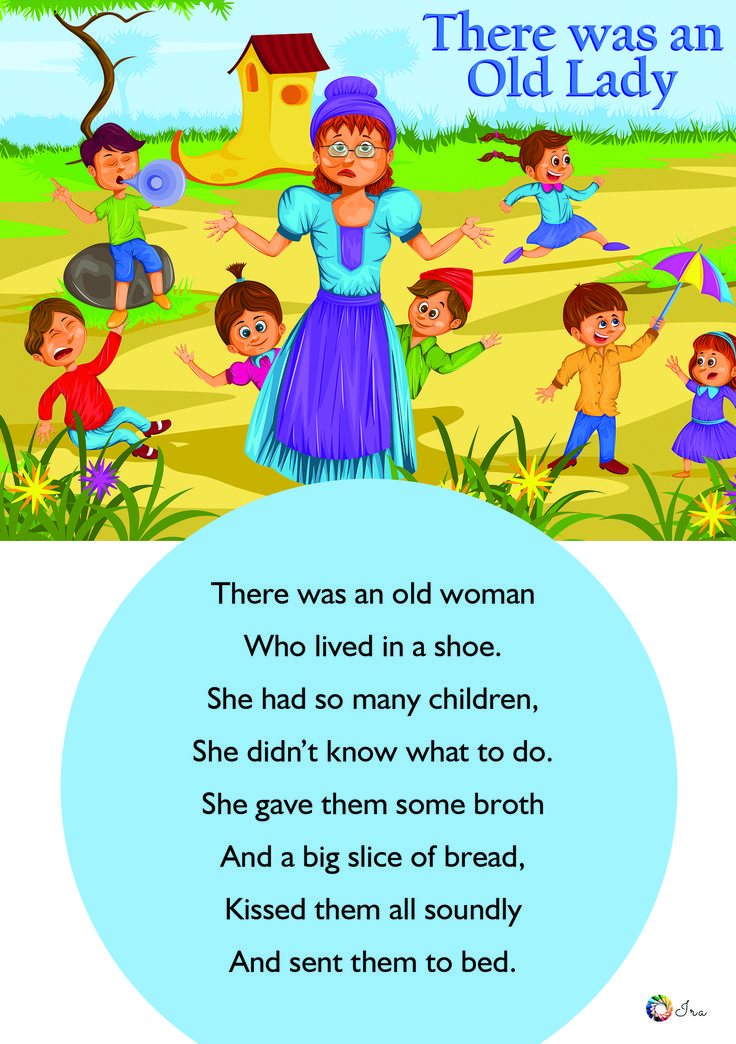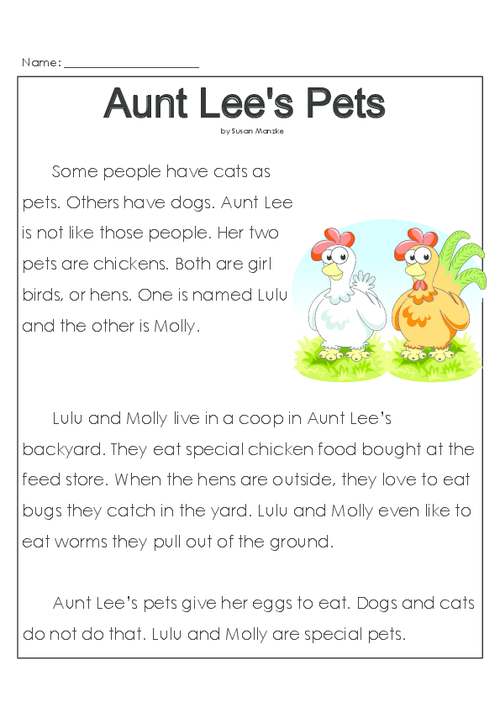Activities for letters and sounds
Try These 10 Fun Phonics Activities to Teach Letter Sounds to Children
What is phonics?
Phonics is the relationship between letters and sounds as well as the understanding of how those sounds connect to form words.
For instance, the /c/ sound, the short /a/ sound, and the /t/ sound blend together to form the word cat.
What does the research say about teaching phonics?
Research indicates the importance of teaching children phonics as a preliminary step for learning to read.
Research also suggests that systematic instruction which incorporates wordplay (manipulating letters/sounds in words to change the word), writing words, and using manipulatives such as magnetic letters to create words are all effective strategies for teaching phonics.
Additionally, research demonstrates the benefits of applying a multi-sensory approach to phonics instruction.
A multi-sensory approach incorporates sight, sound, touch, and movement into instruction. This helps address a variety of learning modalities, enabling students to better absorb the information.
Ten Fun Research-Based Phonics Activities to Teacher Letter-Sounds
1. Play the game “I Spy.”
In the game “I spy” you pick something that you see and don’t tell the child what it is. The child has to guess what you see.
Here is how you can use “I Spy” to teach letter sounds (phonics):
Let’s say you see a book in the room: You can say: I spy something that starts with the letter B or I spy something that ends with the letter K.
After your child guesses what “you spy” have them tell you the sound the letter makes. If your child cannot guess what “you spy” or does not know the letter sound, provide them with assistance.
You can also do the same thing using letter sounds. For example, if you see a book, you can say “I spy something that starts with (make the sound for b)” or “I spy something that ends with (make the sound for k).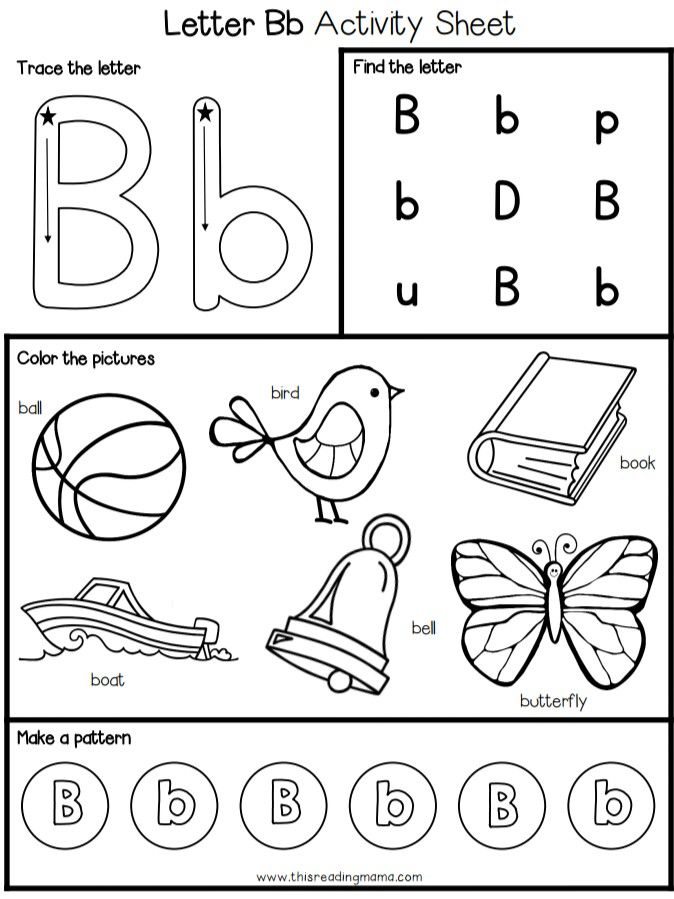
After your child finds the object, have them tell you what the first letter (or last letter) of the object is. Take turns with your child. First you spy, then they spy, or vice versa.
2. Put letters on flashcards for a fun activity.
Put one letter on each card as shown below (create upper case and lower case cards):
Here is a sample activity:
Pick three to four-letter words and scramble them up. For example, if the word is pig, put the letters out-of-order (e.g., ipg) on the table in front of your child.
Put the letters one to two feet in front of your child so she has room to work. Next, give them a sheet of paper with three (or four) spaces for letters on it, like so _ _ _.
Then tell them the word or show a picture of the word and give the instruction (e.g., “I want you to make the word pig on the lines below, using the letters above).
If you have Magnetic Letters, you can use these as well. You can also encourage your child to write the letters in with a pen or pencil.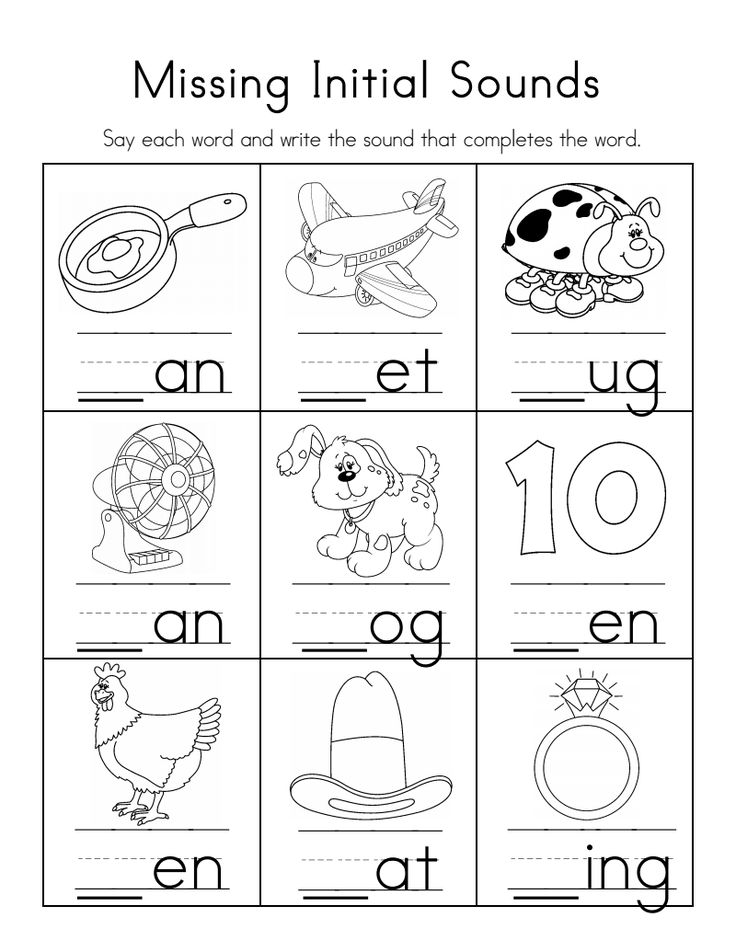
You can do word families to help your child understand that many words are spelled the same way, with only the first letter different. So after pig, try big, wig, and rig.
Rhyming practice is another helpful strategy when teaching kids about letter sounds.
3. Play letter-sound Go Fish.
Make doubles of flash cards. Each player gets five cards and the rest of the cards go in a pile in the center of the table.
Player 1 calls out a letter-sound and asks if player 2 has a match.
If they don’t have a match, tell them to “go fish” which means to choose from the pile. See more detailed rules for how to play Go Fish here.
4. Make your own phonics Bingo game.
Draw a grid or make one on the computer like the one below. (You can also print out a large version of the one below here). You can find more blank grids here).
While the grid above has 25 boxes, you can play phonics Bingo with 9 or 16 boxes also.
Here are four options for getting pictures into the boxes:
Option 1 – Draw something simple in each box.
Examples of simple drawings for each letter of the alphabet include an apple, a banana, a comb, a door, an egg, a feather, a girl, a hat, an ice-cube, a jar, a kite, a light bulb, a mitten, a nose, an orange, a pan, a queen, a ring, a spoon, a table, an umbrella, a vase, a worm, a xylophone (that one might not be so easy to draw), and a zipper.
Use colors to make it look fun.
Option 2 – Get images from Google Images, print them, cut them out and glue them in the boxes.
Option 3 – Go to Google Images, copy each image by hitting “control c’ or by right-clicking on the image and selecting copy, then paste each picture into each grid box by right-clicking in the grid and clicking paste or by hitting “control v.”
Option 4 – Find and print out ready-made Bingo grids by doing a search for Kids Bingo Grids
You can play the Bingo game four ways:
1 – Call out a letter sound.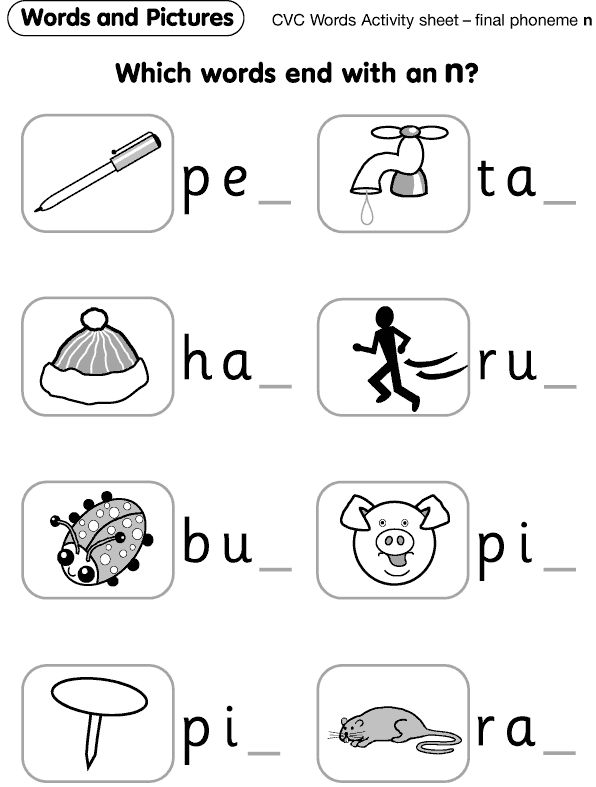 If your child has a picture on her Bingo card that starts with that letter sound, have her put a coin, checker piece, or small piece of paper over the picture (you can cut index cards into small pieces.
If your child has a picture on her Bingo card that starts with that letter sound, have her put a coin, checker piece, or small piece of paper over the picture (you can cut index cards into small pieces.
This will work better than regular paper because the pieces will be heavier and stay on the Bingo card better).
2 – Call out a letter. If your child has a picture on her Bingo card that starts with that letter, have her cover the picture.
3 – Call out a letter sound. If your child has a picture that ends with that letter sound, have her cover the picture.
4 – Call out a letter. If your child has a picture that ends with that letter, have her cover the picture.
When your child fills up a row, up, down, or diagonally, she gets Bingo (she wins).
5. Make flashcards with a picture on one side and the letter the picture starts with (or ends with) on the other side
You can draw the pictures yourself or make flashcards using pictures from Google Images.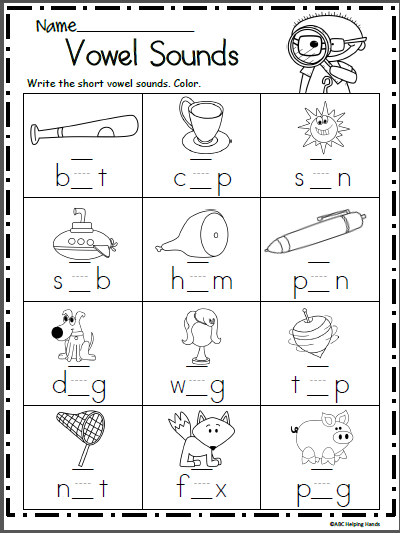
To make a flashcard from Google Images, go to the Image, copy it, “right-click” on it and click copy or hit “control c.” Then go to a word document and paste (right-click and click paste or “hit control v.”).
Then print out the pages, cut out the picture, and write the corresponding letter on the back.
If you know how to insert tables, you can put several pictures on the page in table boxes, print the page, cut out all the pictures, and put the letters on the back. Here is an example:
Show your child a picture and ask them to tell you the letter (or letter sound) it starts with (or ends with). If they are correct, let them know and show them the back of the card. If they are not correct, give them two more tries.
If they do not get the letter or sound, show them the back of the card and tell them the letter and sound (then enunciate the sound as you say the word), have them say the letter/sound back to you twice and shuffle the card back in the pile. Repeat.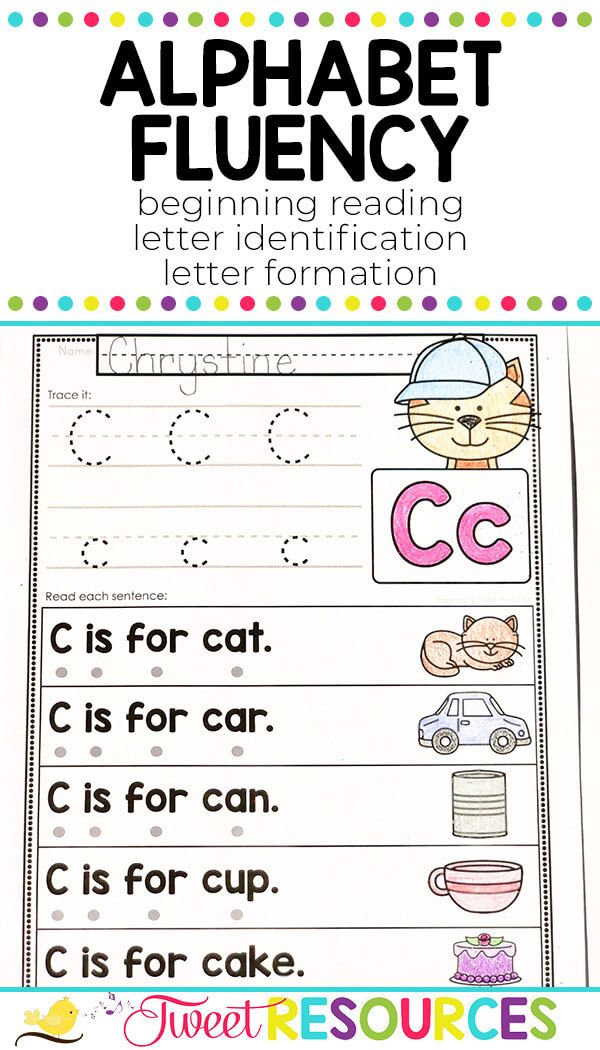
6. For children who have a lot of energy, turn a phonics lesson into a movement activity.
Tape four letters onto the wall as shown in the image below:
Call out a letter sound and tell your child to run to the letter that makes that sound, touch it and run back. Spice it up. Here are some examples:
-Hop to the letter that makes the sound
-Skip to the letter that makes the sound
-Tip Toe to the letter that makes the sound
7. For another movement activity, put tape on the floor, with a letter on each piece of tape.
Tell your child to start with their feet on a certain letter (e.g., start on letter A), then tell them to jump to different letters, using the letter sounds.
For example, “Jump to the letter that makes the sound (insert letter sound).”
See an example below:
As your child becomes more independent with his letter sounds, you can make the letters spell actual words. For the word cat, have three pieces of tape, C, A, T.
Tell your child to start at the C, then jump to the next letter in Cat, and then the last letter.
To make it more challenging, have your child spell the word backwards, by starting with the last letter and jumping in order until they get to the first letter.
Mix up the game with upper and lower case letters. The example above has three letters, but you can use as many pieces of tape and letters as you want.
Start out with a few and add more if your child is making good progress.
8. Make a worksheet, using words and pictures with your child’s favorite characters, foods, animals, etc.
You can draw the worksheets by hand or use tables in Microsoft Word. For a three-letter word, make a table with five columns and one row.
Put the picture of the word in the first box of the table (you can draw in the pictures or copy and paste them from Google Images). Put the letters in the other boxes, but leave one letter out. Have your child fill in the missing letter.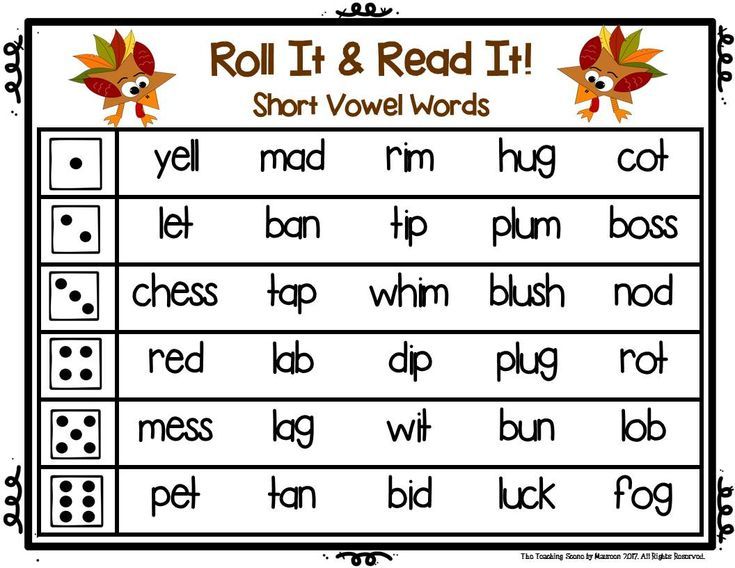
Here is an example of the worksheet:
Click here to print out your own version of this sheet.
For children who may have trouble solving this worksheet, try providing them with a letter bank to see if that helps.
See an example of a worksheet with a letter bank below.
Click here to print out your own version of a phonics worksheet with a letter bank.
9. Have your child paste letters on paper as you call out the sounds.
You can use the letter flashcards you made, like in number 2.
You can use this activity to teach your child how to spell words. Draw lines or boxes on the paper so your child knows where to paste the letters.
You can give your child the exact number of letters in the word, or throw in some extra letters to make it more challenging.
Call out the first sound in the word, have your child pick the correct letter, and paste it on the first line.
Then have them do the next sound, and so on, until the word is complete.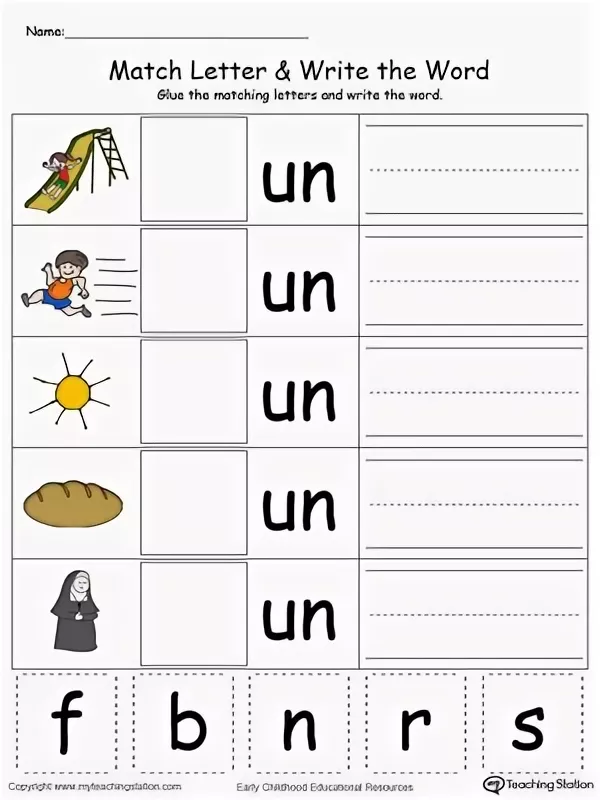
Supervise the activity, providing assistance as needed.
When your child is done, hang up their work to show them that you are proud of their effort.
You can also use this idea to teach a child how to spell their name, such as the sample in the image below.
10. Sing the alphabet sound song.
The tune is similar to the traditional alphabet song.
Here is a great example by Kidstv123. You can make up your own version as well.
What else can you do to help your child learn letter sounds?
If your child is significantly struggling with learning letter sounds or acquiring other academic skills, despite consistent practice and guidance, talk to your child’s school and/or doctor.
They can refer you to the appropriate professionals to determine what might interfere with your child’s progress and if additional strategies could help.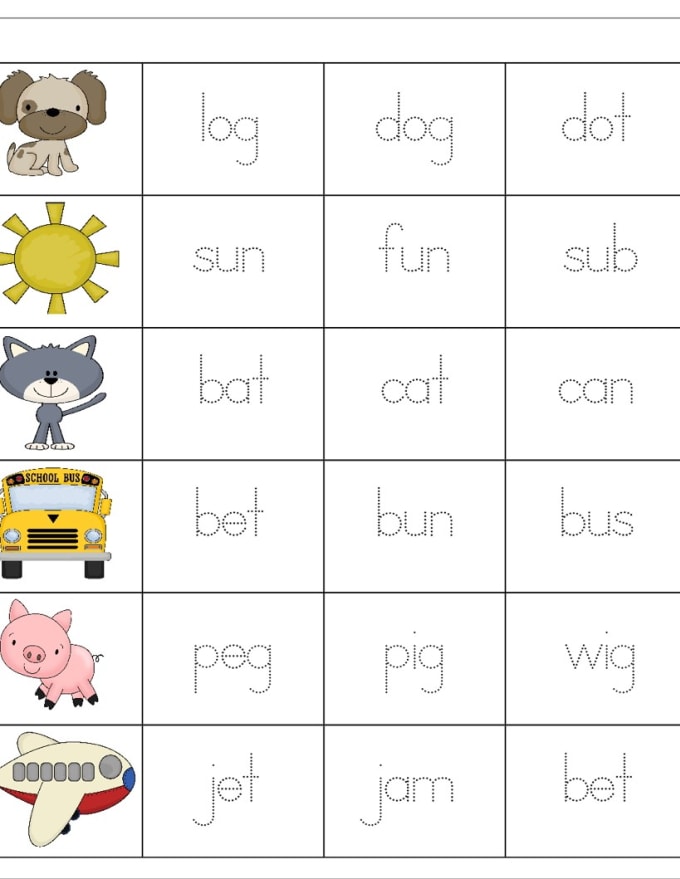
Additional Information About Teaching Phonics to Children
Keep in mind that the activities in this article are recommendations. Please do not try to pressure a child into participating in any of these activities.
This can lead to your child feeling frustrated, and possibly shying away from phonics (letter-sound) practice.
Remember to always stay calm when working with a child or student, even if you think they should be getting something that they are not getting.
If you get frustrated with them, they may start to feel anxious, angry, inferior, stupid, etc. which will lead to a less productive learning session.
Keep practice sessions short (2 to 10 minutes for younger children or children who get easily frustrated and 10 to 15 minutes for older children or children who can work for longer periods without frustration), unless the child is eager to keep going.
For suggestions on ways to encourage children to complete tasks or assignments they do not want to do, read the following articles:
- 3 Ways to Use Timers to Encourage Homework and Chore Completion
- How to Use Schedules to Improve Children’s Behavior
Video Presentation
Education and Behavior – Keeping Us on the Same Page for Children.
Rachel Wise
Rachel Wise is the author and founder of Education and Behavior. Rachel created Education and Behavior in 2014 for adults to have an easy way to access research-based information to support children in the areas of learning, behavior, and social-emotional development. As a survivor of abuse, neglect, and bullying, Rachel slipped through the cracks of her school and community. Education and Behavior hopes to play a role in preventing that from happening to other children. Rachel is also the author of Building Confidence and Improving Behavior in Children: A Guide for Parents and Teachers.
“Children do best when there is consistency within and across settings (i.e., home, school, community). Education and Behavior allows us to maintain that consistency.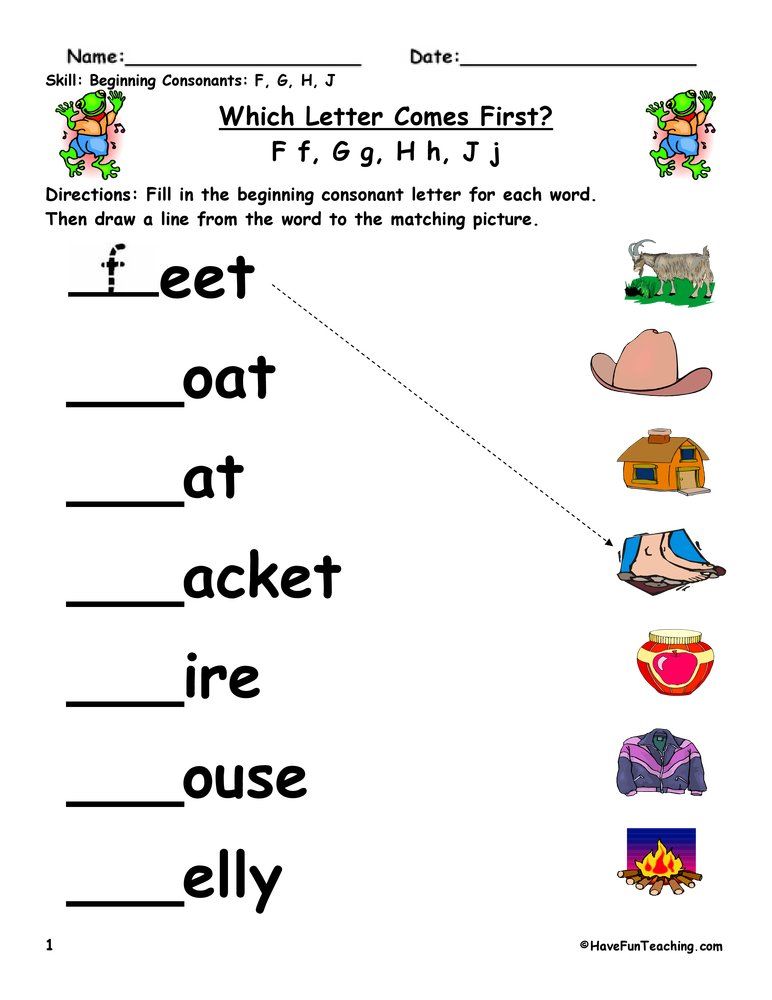 ”
”
www.educationandbehavior.com
Letters and Sounds: Practical Ideas for Parents
By: Texas Education Agency
Provide your child with the opportunity to learn that written words are made up of letters that match the sounds in spoken words.
Children can be taught to match the sounds with letters in an orderly and direct way. For example, the letter n matches the /n/ sound in nurse).
Here are some activities to try:
- Make letter-sounds and have your children write the letter or letters that match the sounds.
- Play word games that connect sounds with syllables and words (for example, if the letters "p-e-n" spell pen, how do you spell hen?).
- Write letters on cards. Hold up the cards one at a time and have your children say the sounds (for example, the /d/ sound for the letter d).
- Teach your children to match the letters in their names with the sounds in their names.
- Point out words that begin with the same letter as your children's names (for example, John and jump).
 Talk about how the beginning sounds of the words are alike.
Talk about how the beginning sounds of the words are alike. - Use alphabet books and guessing games to give your children practice in matching letters and sounds. A good example is the game, "I am thinking of something that starts with /t/."
- Write letters on pieces of paper and put them in a paper bag. Let your children reach into the bag and take out letters. Have them say the sounds that match the letters.
- Take a letter and hide it in your hand. Let your children guess in which hand is the letter. Then show the letter and have your children say the letter name and make the sound (for example, the letter m matches the /m/ sound as in man).
- Make letter-sounds and ask your children to draw the matching letters in cornmeal or sand.
- Take egg cartons and put a paper letter in each slot until you have all the letters of the alphabet in order. Say letter-sounds and ask your children to pick out the letters that match those sounds.
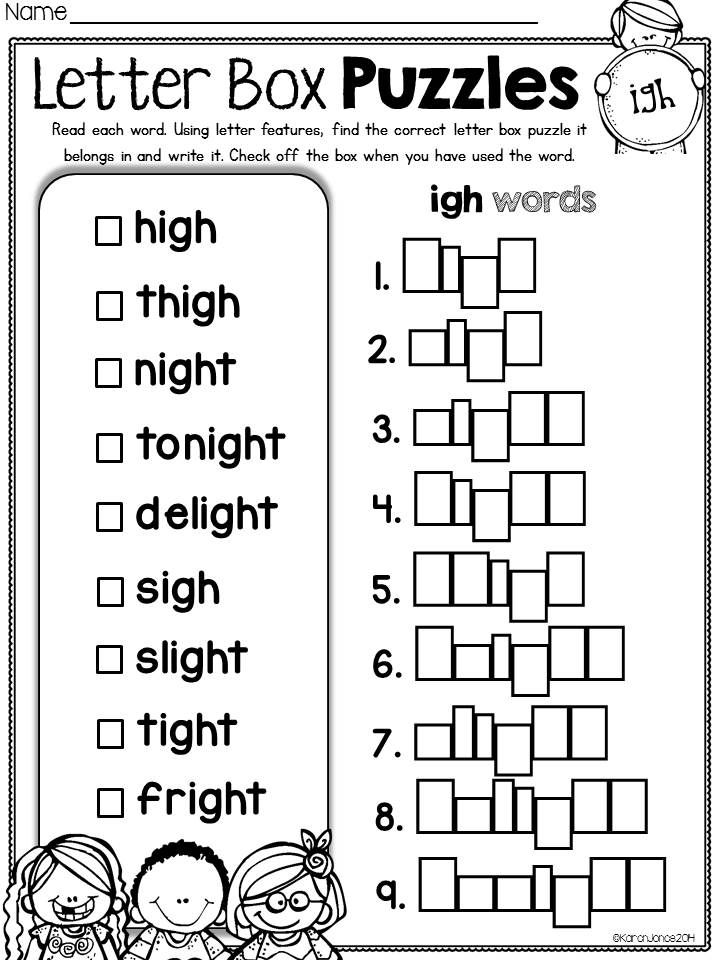
Adapted from: Beginning Reading Instruction: Practical Ideas for Parents. Texas Education Agency.
Reprints
You are welcome to print copies for non-commercial use, or a limited number for educational purposes, as long as credit is given to Reading Rockets and the author(s). For commercial use, please contact the author or publisher listed.
Related Topics
Activities
Early Literacy Development
Phonics and Decoding
New and Popular
Print-to-Speech and Speech-to-Print: Mapping Early Literacy
100 Children’s Authors and Illustrators Everyone Should Know
A New Model for Teaching High-Frequency Words
7 Great Ways to Encourage Your Child's Writing
Screening, Diagnosing, and Progress Monitoring for Fluency: The Details
Phonemic Activities for the Preschool or Elementary Classroom
Our Literacy Blogs
Is Emily Hanford Right?
Kids and educational media
Meet Ali Kamanda and Jorge Redmond, authors of Black Boy, Black Boy: Celebrating the Power of You
Get Widget |
Subscribe
"Sounds and letters" for grade 2
9000 2 class
Sounds and letters.
4
How many letters in Russian alphabet?
Russian alphabet 33 letters:
ALPHABET
Aa Bb Cv Gg DD Her Fj Zz Ii Yi Kk Ll Mm Nn Oo Pp Rr Ss Tt Uu Ff Xx Tss Hh Shsh Shch y y b Uh Yuyu Yaya
Than sounds different from letters?
Sounds we pronounce and we hear , and we write letters and we see . Sounds in writing are indicated by letters, each of which has its own name
For example : in the word rose sounds [p], [o], [h], [a]
letters r (er), o (o), z (ze), a (a)
What is the difference between vowels and consonants?
*vowel sound
- when pronouncing not meets no obstacles in the mouth and is pronounced only in a voice: [o], [y], [a]
- forms a syllable: e-ho, u-che-nick
*consonant
- when pronouncing meets an obstacle in the mouth (lips, teeth, tongue) and is pronounced with noise and voice or only with noise: [b], [h], [t]
- forms a syllable only together with a vowel: mo-re, ka-mysh
How much in Russian language of vowels and vowel sounds?
Vowels – 10 (a o u s e i e yu and e)
( [ a ], [ o ], [ ´ y ], [ s ], [ e ], [ and ]) sounds denote the hardness of consonants? nine0004
Vowel sounds [a ], [o], [´у], [s], [e] denote the hardness of consonants.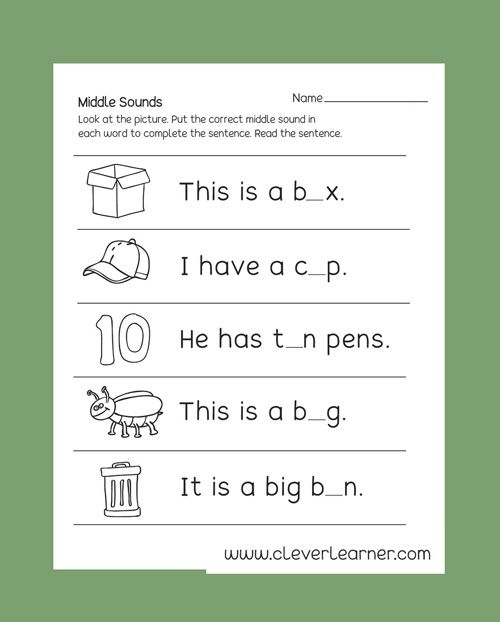
What vowels Do the letters indicate the softness of consonants?
Vowels i, e, e, u, i and the letter b denote the softness of consonants.
Do the letters E, YO, YU, Z stand for two sounds?
* at the beginning of a word ( e le, e w, u la, i trouble)
* after vowels (by e sh, to ё sh, ku yu t, bu i n)
* after dividing hard and soft signs (dress e , volume e m, vy e ha, ex i n)
How much in Russian the language of consonants and consonants?
Consonants - 21 (b, c, d, e, f, h, d, k, l, m, n, p, r, s, t, f, x, c, h, w, w)
Consonants - 36
What are the consonant sounds?
Can be hard and soft - b, c, d, e, h, k, l, m, n, p, r, s, t, f, x,
Always hard: [g], [w], [c]
Always soft: [h´], [w´], [d´]
Paired: b c g e f g
p f k t w s
Voiced: b c g d f g h l m n r y
Deaf: p f k t w s x ts h
No sounds: b, b
CARD #1
Write down the letters which are in the alphabet before and after these letters:
___ M ___, ___ and ____, ___T___, ___F___.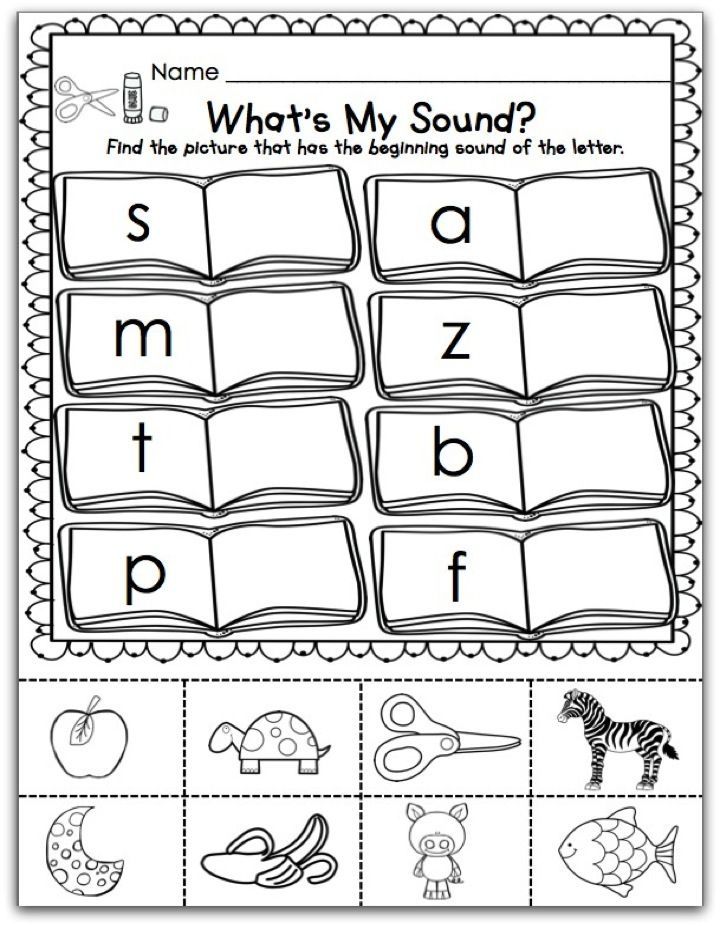
CARD #2
Write the words in alphabetical order:
autumn, friends, beehive, snow, cherry, guest, dew, cloud, cube, person
Mark the words in of which only 9 are underlined0163
consonants:
a) m a yk a b) p e nk and
c) o d o n o g o l y b s
sounds and letters in each word:
anchor - ____ b. ____ sound ocean - ____ b. ____ sound nine0005
blizzard - ____ b. ____ sound Julia - ____ b. ____ sound
blizzard - ____ b. ____ sound crucian carp - ____ b. ____ sound
Write down your any 6 words and determine in them how many sounds and letters in each:
________________________________________________________________________________________________________________________________________________________________________________________________________________________________________________________________________________________________________________________________________________
CARD #5
Read the tongue twisters. Put dots under the letters which represent two sounds in words.
are fighting.
2. The hedgehog has a hedgehog, and the snake has a snake.
3. Lara plays the piano at Valya's.
4. Forty forty in a short time ate cheese.
CARD №6
Write the number above the word number of syllables in words:
March, Autumn, Bolshaya, Maria, Steppe
Card No. 7
Read:
The king stepped onto the yard of a wide:
There is a high
Belka Drum sip ,
The golden nut gnaws ...
Write out from the text a word in which there are more letters than sounds. Underline the letter that does not represent a sound.
___________________________________________________
CARD #8
in which there are more letters than sounds:
courage, daring, gang, crowd
CARD No. 9
Underline words with soft consonants:
Wind, pencil case, Saturday, bed, pencil, spring, fairy tale, sharp, doctor, ravine, bear, daughter, frost, scarf, carrot, human
CARD №10
In brackets write the letter that indicates the sound at the end these words:
Mushroom [ ] , catch [ ] , step [ ] , garden [ ] , frost [ ] , knife [ ] ,
cold [ ] , dirt [ ], shore [ ]
« WORD. SOUNDS AND LETTERS.
Work No. 11
1. Write out from word sentences with sound [t].
From poplar the old rotten stump remained.
________________________________________________________________________________________________________________
2. Make three words using these letters. G, o, r, D, m, a, s, s
__________________________________________________________
__________________________________________________________
3.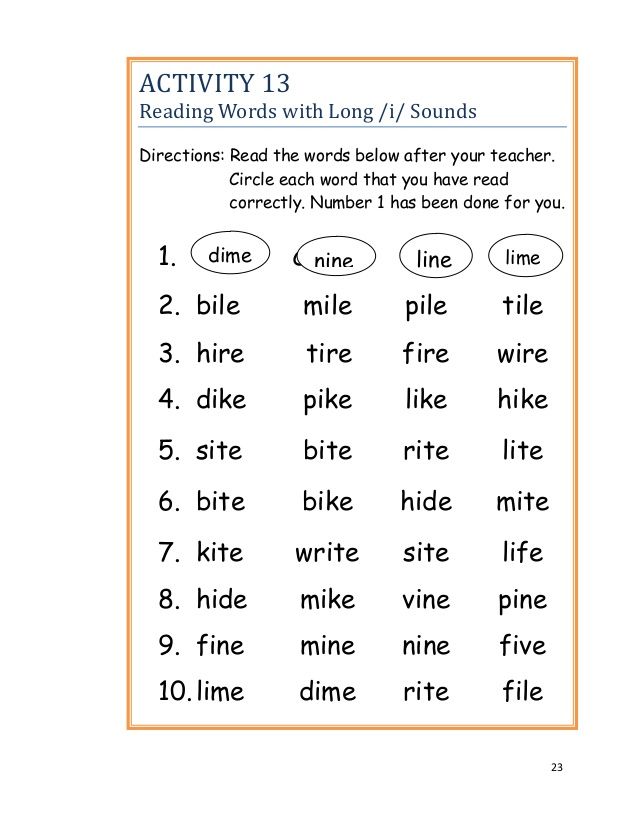 Make words from syllables: lu, sa, za, gro, dik, zha.
Make words from syllables: lu, sa, za, gro, dik, zha.
______________________________________________________________
__________________________________________________________
« Vowels AND CONSONANTS"
Work No. 12
1. one consonant sound. Write down new words.
________________________________________________________________
__________________________________________________________
2. Underline all the vowels in the poem.
want happy birthday
me donate a puppy,
But I said: “No need!
I not ready yet!
(S. Mikhalkov)
3. Write off offer. Underline the letters that represent vowel sounds.
White-nosed rooks collect worms on arable land.
__________________________________________________________
__________________________________________________________
« AND CONSONANTS"
Work No. 13
1. Write out from sentences are all consonants.
Hedgehog cooks in autumn own dwelling.
________________________________________________________________
2. Write down the words in which the vowel forms whole syllable.
ABC, snail, car, Olya, tongue, donkey, anchor, Paradise, street.
________________________________________________________________________________________________________________
3. Write all vowels in alphabetical order.
________________________________________________________________
4. Write the words in two columns.
Watch, stork, snail, echo, notebook, door.
____________________ __________________
______________________ __________________
____________________ ________________
--
" AND CONSONANTS"
Work No. 14
1. Write down the words. Underline the letters in the words denoting vowel sounds.
Slippers, dump truck, column, bun, fly agaric, capercaillie, people.
________________________________________________________________
__________________________________________________________
2. Write the words in two columns. nine0005
This my mommy!
(G. Wiener)
Phonetics of the Russian language for foreigners | Russian alphabet pronunciation Letters Sounds
Russian alphabet for foreigners: often not only foreigners who begin to learn Russian, but also advanced level foreigners cannot correctly pronounce some Russian sounds. We will talk about what letters of the Russian alphabet cause difficulties for foreigners , we will give recommendations for teachers on how to teach Russian phonetics, what phonetic exercises for foreigners need to be performed and what difficulties may arise when performing them, we will separately talk about how to put the pronunciation of Russian sounds , which cause the greatest difficulties for foreigners.
Russian as a foreign language
How to teach Russian pronunciation: letters and sounds
Lessons for teachers of Russian as a foreign language (RFL)
For beginners to learn Russian as a foreign language difficulty in learning the Russian alphabet and Russian phonetics lies in the fact that almost all letters of the Russian alphabet can denote several different sounds, for example: the letter E can denote the sounds [E], [YE], [I], and sometimes even the letter E can denote the sound [Y] (after the consonants Zh, Sh, Ts without stress: price, wife).
Setting the pronunciation of is another difficulty for teachers of Russian as a foreign language in teaching Russian to both beginners and foreigners continuing to study Russian. Here are some suggestions, how to put the pronunciation of Russian sounds in the lessons of Russian as a foreign language.
Rules for staging Russian sounds. Teaching Russian phonetics
Russian phonetics for foreigners: first you need to ensure that the foreigner distinguishes sounds by ear.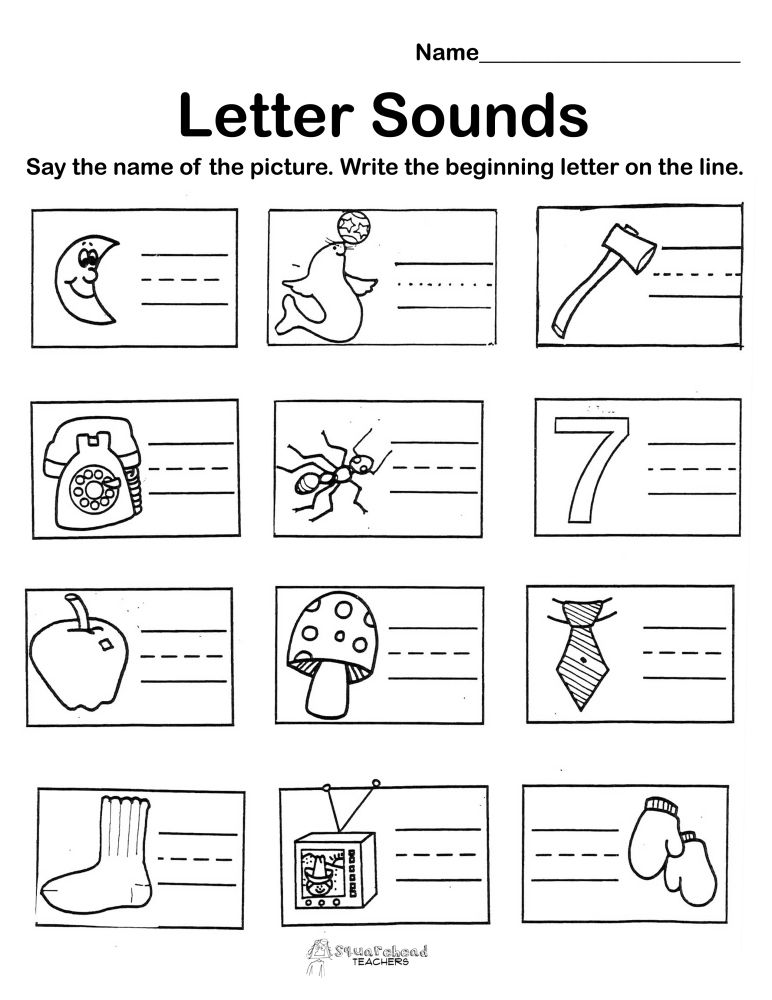 This is important because many Russian sounds sound the same to foreigners. For example, if your student says “grandfather” instead of “girl”, and when you correct him, he answers that he said so, then this means that your student does not distinguish sounds [D] and [V] by ear, they are for it sound the same. nine0005
This is important because many Russian sounds sound the same to foreigners. For example, if your student says “grandfather” instead of “girl”, and when you correct him, he answers that he said so, then this means that your student does not distinguish sounds [D] and [V] by ear, they are for it sound the same. nine0005
In order for foreigners to learn to distinguish sounds by ear, we recommend doing the following exercises :
Exercise "Playing with cards" :
1. Take two sheets of paper, write on them the sounds you will practice. For example, on one sheet we write D, and on the other - V. Let's give these cards to a foreigner. The teacher pronounces the sounds [D] and [V] in random order, and the foreigner must raise the corresponding card. Of course, the teacher must tell the foreigner if he makes a mistake. nine0005
2. Then the teacher pronounces syllables, for example: wa - yes, du - wu, ava - hell, etc., and the foreigner must raise the “D” card or the “B” card.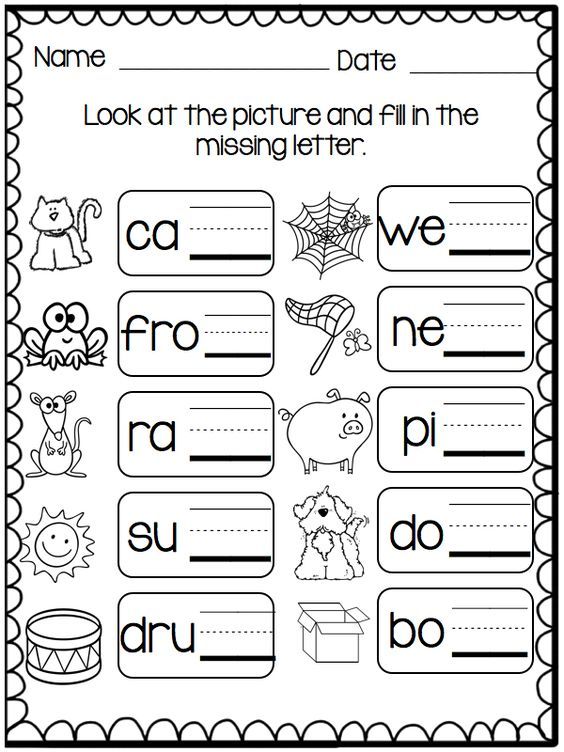
Exercise "Phonetic dictation" :
The teacher dictates sounds, syllables, words to the student, and the foreigner writes down what he hears.
! Please note that in the exercise “Playing with Cards” and “Phonetic Dictation”, when practicing consonants, you do not need to dictate words that end in voiced paired consonants (B, C, D, D, F, Z), because. when pronouncing at the end of a word, voiced paired consonants are stunned. For example, if you dictate to a foreigner “bow”, “meadow”, then the foreigner will write down “bow”, “bow”, because “meadow” is pronounced like “lu[K]”, while your foreign student will not make a mistake, because this is a phonetic, not a spelling dictation. nine0005
When a foreigner began to distinguish Russian sounds by ear, the teacher can already change places with the foreigner, i.e. the teacher shows the card, and the foreigner says what is written. At this stage, another problem arises: a foreigner hears and understands how a Russian sound should sound, but cannot pronounce it correctly. The greatest difficulties for foreigners arise when pronouncing the following sounds: [S], [Y], [R], [F], [C], [W], [Sh] . Below we will consider the rules for setting these sounds and give recommendations on how to explain Russian phonetics to foreigners, how to conduct phonetic exercises for foreigners. nine0005
Russian alphabet - Letters I, Y
Pronunciation of sounds [I], [Y]. Phonetic exercises for foreigners
The pronunciation of the Russian vowel sound [Ы] causes difficulties for almost all foreigners. For example, foreigners pronounce "mi" instead of "we" and "beat" instead of "be".
The pronunciation of the vowel sound [I] causes much less difficulty for foreigners. The Russian sound [I] is similar to the English sound [i:]. To pronounce the sound [I] you need to point the tongue forward and touch the tip of the tongue to the lower teeth. When pronouncing [I], your students need to smile a little :).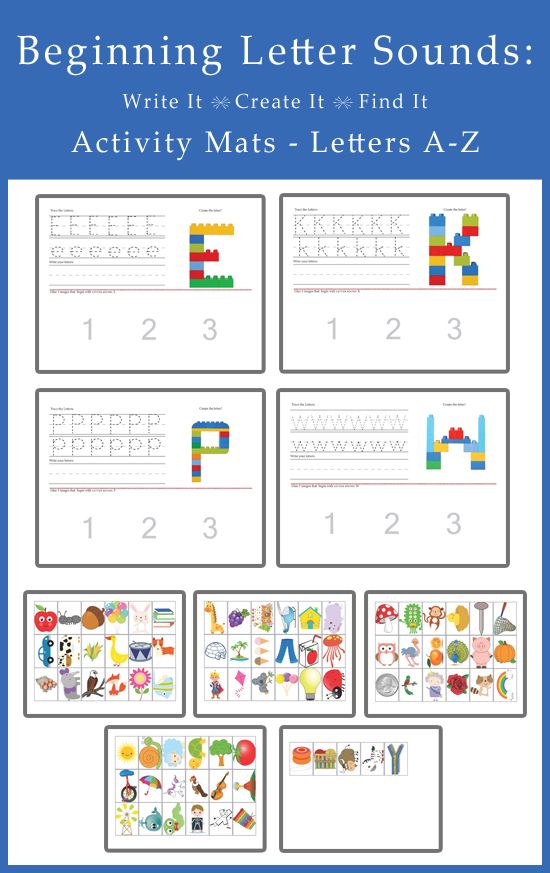 nine0005
nine0005
Let's return to the formulation of the problematic Russian sound [Ы] . When pronouncing it, the whole tongue must be pushed back and strain the back of the tongue . Now the tip of the tongue no longer touches the lower teeth, but is pushed back. When we pronounce [Ы], we no longer smile (of course, such a complex sound!)
In order to help foreigners strain the back of the tongue when pronouncing the sound [Ы], there is the following trick: we will use helper sounds [К] and [G]. The pronunciation of the sounds themselves [K] and [G] usually does not cause difficulty for foreigners, but when they are pronounced, the back of the tongue automatically tenses, and this is what we use in our phonetic exercise for foreigners:
yk - yg - yk - yg - yk - yg - yk - yg
ky - gy - ky - gy - ky - gy - ky - gy - s - s - s - s - s - s - s
ky - km - we - washed
gy - hmy - we - washed
ky - kvy - you - howl
gy - gvy - you - howl
ky - kby - would - was
gy - gby - would - was
soap, was, exit, exhibition, was, son, cheese, letters, smart
Russian alphabet - Letter Y
Pronunciation of the Russian sound [Y].
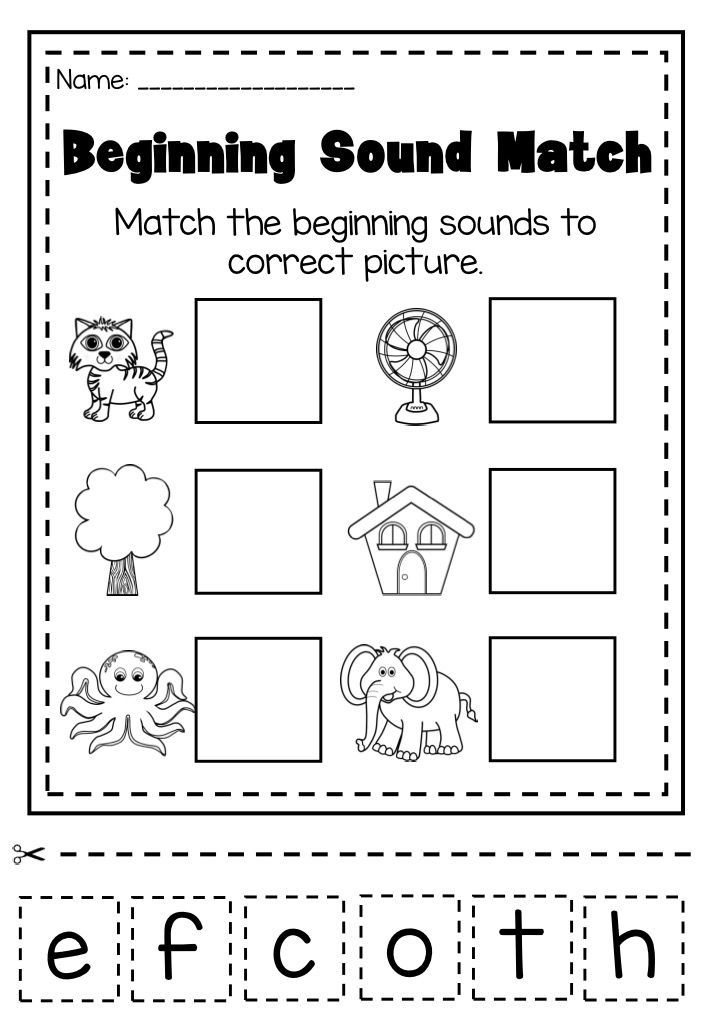 How to explain the sound [Y] to foreigners? nine0751
How to explain the sound [Y] to foreigners? nine0751 The attention of foreigners beginning to study the phonetics of the Russian language should be paid to the letter of the Russian alphabet Y. The sound [Y] is found in Russian speech much more often than the letter Y , because the vowels E, E, Yu, I are at the beginning of the word, vowels and after the letters b and b denote two sounds: [YE], [YO], [YU], [YA], for example: [YO] lka, with [YE] hat, kal [YA] n.
Difficulty in pronouncing the sound [Y] (often this sound in transcription is denoted as [j]) usually occurs in foreigners if the letter Y is at the end of the word, for example: foreigners pronounce “sanatoriums” instead of “sanatorium” or “my” instead "my". Very often, foreigners do not distinguish by ear the sounds [Y] and [I], then it is advisable to do the exercise “Playing with cards” with foreigners. nine0005
How to explain to a foreigner the difference between the sounds [Y], [I] and how to teach a foreigner to pronounce the sound [Y]?
It is necessary to explain to a foreigner that the sound [Y] is pronounced VERY briefly. The sound [And] can be sung: and-and-and-and-and-and-and-and-and-and ..., and the sound [Y] must be pronounced very briefly , as if someone pricked with a pin: OH! The sound [Y] is pronounced with a much greater tension than the sound [I], when pronouncing the sound [Y] the middle part of the tongue rises more, therefore a narrower gap is created between the palate and the tongue and the air stream breaks out with greater pressure, more powerfully. nine0005
Pay the attention of foreigners to the spelling of the letter of the Russian alphabet Y :
Often foreigners confuse not only the sounds [Y] and [I], but also the letters Y, I. Foreigners can write the letter Y as the letter I (without a check mark above the letter Y), they do this by analogy with writing the letters Yo and E, because. it is not necessary to put a dot over the letter Y in writing.
The teacher should draw the foreigner's attention to the fact that when writing the letter Y, you should always put a tick over the letter, because the absence of a check mark above the letter Y is a spelling and grammatical error.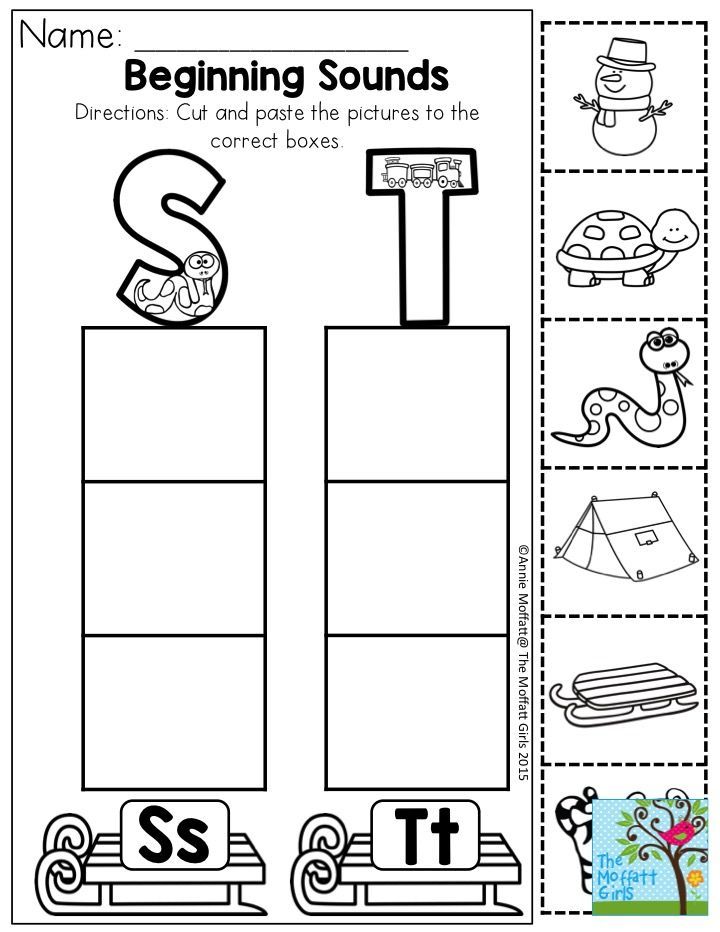 Compare: "my favorite cowboy" and "my favorite cowboys." nine0005
Compare: "my favorite cowboy" and "my favorite cowboys." nine0005
Russian alphabet - Letter Р
Pronunciation of the Russian sound [Р]. Phonetic exercises for foreigners
When pronouncing the Russian consonant sound [Р], the tense tip of the tongue vibrates near the alveoli (these are tubercles above the upper teeth) under the action of the air jet.
So, when pronouncing the sound [Р], the tip of the tongue is slightly bent upwards, touches the tubercles above the teeth and is tense. But it is quite difficult for a foreigner to make the tip of the tongue vibrate. To help a foreigner, we turn to the helper sounds [T] and [D], during the pronunciation of which the tongue automatically takes the desired position at the alveoli. nine0005
Let's start our phonetic exercises.
Let's start the motorcycle!
dr – dr – dr – dr – dr – dr – dr – dr – dr – dr – dr – dr – dr – dr – dr – dr – dr…
Whose motorcycle started up?
Let's do more exercises (pronunciation of the sound [R]):
dra - dra - dra - dra - dra - dra - dra - fight
dro - dro - dro - dro - dro - dro - dro - fraction dru - dru - dru - dru - dru - friend
tra - tra - tra - tra - tra - tra - tra - trauma
tro-tro-tro-tro-tro-tro-tro-rope
tro-tro-tro-tro-tro-tro-tro-tro-trot
| dra - dra – dra – ra – cancer draw - draw – draw – ro – rock dru - dru – dru – ru – pen dry - dry – dry – ry – fish | tra - tra – tra – ra – frame tro-tro – tro – ro – robot true - true – true – ru – Russian tra - tra – try – ry – market |
To practice the pronunciation of the soft sound [P'], in phonetic exercises after the letter P you need to use vowels that soften the previous consonant (E, Yo, I, Yu, Ya).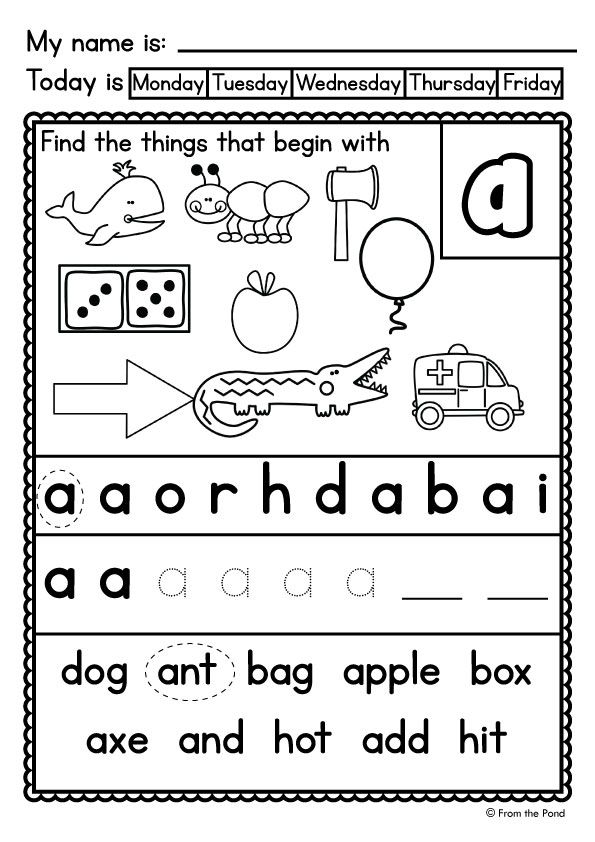
Russian alphabet - Letter Zh
Pronunciation of the Russian sound [Ж]. Phonetic exercises for foreigners
Another letter of the Russian alphabet, the letter Zh, is unusual for foreigners both in its spelling (some foreigners call it a butterfly) and in its pronunciation. nine0005
When pronouncing the sound [Ж], the tip of the tongue is raised to the alveoli (to the tubercles behind the upper teeth) and the tongue is pulled back.
To produce the zhu zhzh sound [Ж], we again turn to helper sounds: the consonant [Г] and the vowels [О], [У]. The sound [G] will help to pull the tongue back, and the sounds [O] and [U] will help to stretch forward and round the lips.
Phonetic exercises for foreigners:
gzhu - gzhu - gzhu - zhu - magazine, beetle, buzz, tell
gzho - gzho - gzho - zho - yellow, alien, knife, circle
The pronunciation of the sound [Ш] is similar to the pronunciation of the sound [Ж], but the difference lies in the fact that the sound [Ш] is pronounced without the participation of the vocal cords (no voice, only noise). Below we will talk separately about the letters of the Russian alphabet Ш and Ш. How to explain the Russian sound [Ts] to foreigners?
Below we will talk separately about the letters of the Russian alphabet Ш and Ш. How to explain the Russian sound [Ts] to foreigners?
The Russian sound [Ts] is a single and indivisible sound, although it is similar to the combination of sounds [T + S], which is why some foreigners pronounce two sounds [TS] instead of the letter Ts. In this case, the foreigner must be explained that the sound [T] must be pronounced maximum briefly!
It is better to work out the pronunciation of the sound [Ts] in words where the letter T is after the letters T or D, for example: fathers, to the father, with the father, thirteen, thirty, twenty, twelve, well done ...
Russian alphabet - Letters Ш and Ш
Pronunciation of Russian sounds [Ш] and [Ш]. Phonetic exercises for foreigners
Foreigners often confuse the sounds [Ш] and [Ш] and do not even distinguish these sounds by ear. In this case You already know what to do! Of course, do the exercise "Game with cards. " nine0005
Compare how the tongue and lips are positioned when pronouncing the sound [Ш] and the sound [Ш]:
|
| Solid sound [W] | Soft sound [S] |
| Language | Moved back, the back of the tongue is tense. | Promoted forward, has a convex shape, which is raised to the palate, the tongue is tense. nine0002 |
| Tongue tip | Raised to alveoli (to the tubercles above the upper teeth).
| more moved forward to the teeth.
|
| Lips | Stretched and rounded. | Stretched into a smile.
|
When pronouncing the sound [Щ], the entire tongue moves forward, the middle part of the tongue is raised to the palate, the tongue is tense. When pronouncing the sound [Ш], the lips are less extended forward than when pronouncing the sound [Ш]. When pronouncing the sound [Ш], the corners of the lips are slightly stretched, and when pronouncing [Ш], we do not smile. nine0005
! The sound [Щ] is pronounced LONGER than the sound [Ш].
The sound [Щ] causes much more difficulties for foreigners. It is necessary to ensure that foreigners pronounce the sound [Щ] softly. Therefore, in the phonetic exercise, we use the vowel sound [I]:
Seek - look - shchi - shield
Seek - seek - shche - cheek
Seek - seek - shche - brush
Seek - seek - shch - feel
How to perform phonetic exercises correctly when teaching Russian phonetics to foreigners
When you do any phonetic exercise , you must adhere to the following scheme:
1) When teaching the phonetics of the Russian language, the teacher first reads the letters, syllables, words, and the foreigner listens to the teacher and follows the text.
2) Then the teacher reads and the foreigner repeats.
3) And only now the foreigner reads independently.
If you need to explain to a foreigner the position of the tongue when pronouncing a sound, you can show it with your hands. For example, the right hand is rounded, fingers pointing to the floor. Now your right hand is the palate, alveoli and teeth. And from the left hand we will make a tongue. Now you can show foreigners the position of the tongue in the mouth. nine0005
Thanks to this, we will be able to do without an intermediary language when explaining almost , which, of course, is a big plus.
We always recommend using as little intermediary language as possible in the lessons of Russian as a foreign language. such lessons are much more useful for foreigners studying the Russian language.
When creating materials for foreigners and teachers of Russian as a foreign language, we are always focused on making Russian language lessons not only as effective as possible, but also easy.